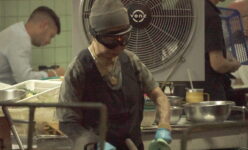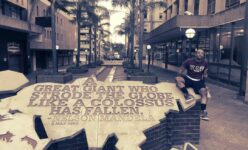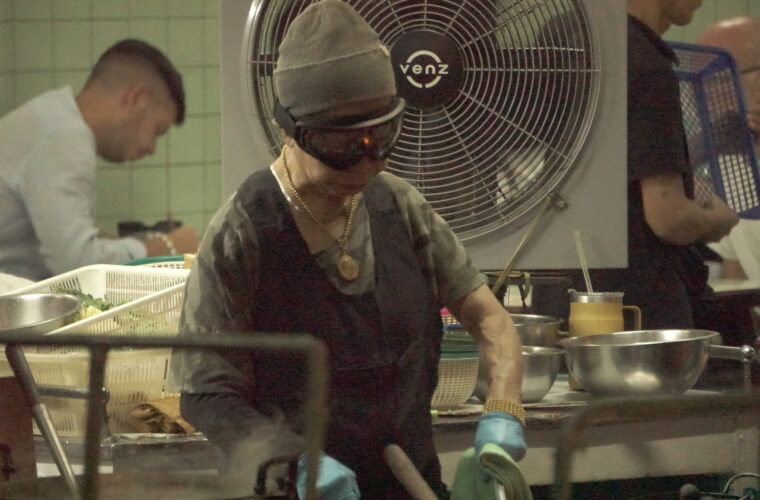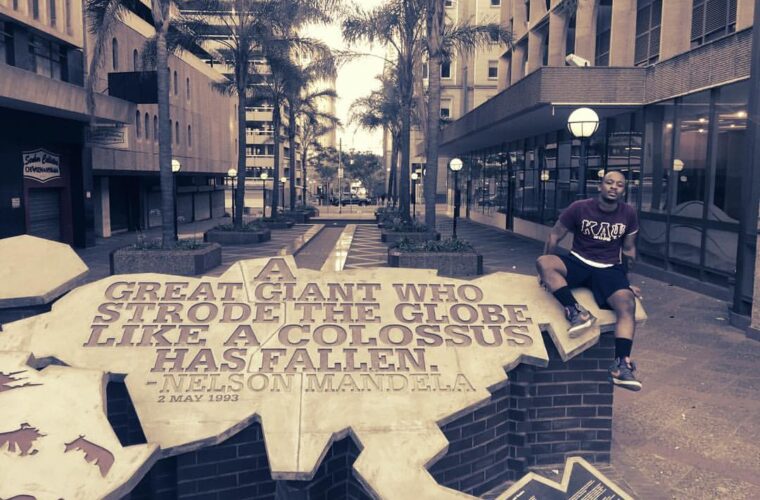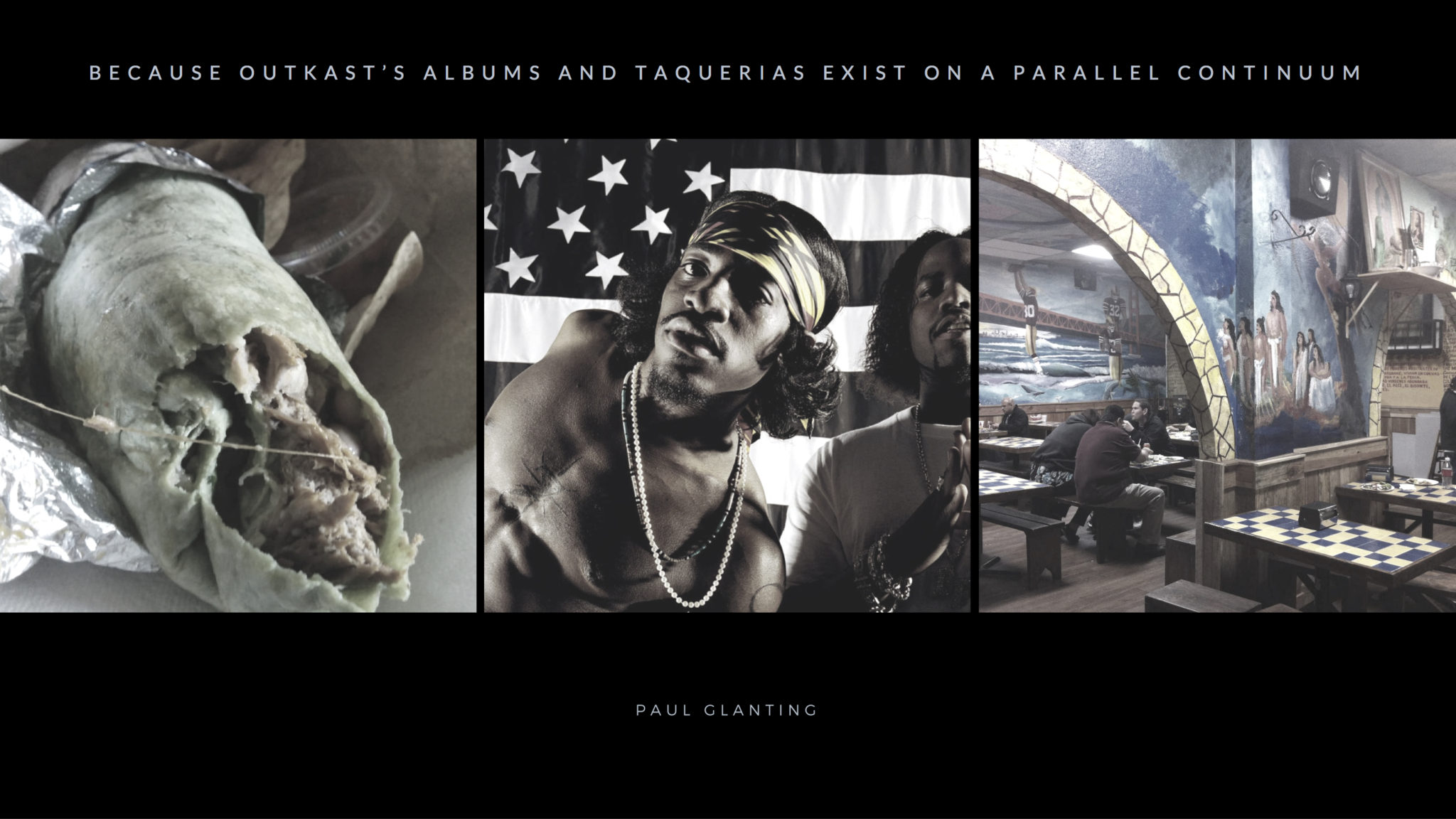
San Francisco’s Taquerias & Outkast & Finding Common Ground
Aquemini, ATLiens, Southernplayalisticcadillacfunkymusic: El Farolito, La Taqueria, Cancun. The items in the first set are albums by legendary hip-hop duo Outkast, and the second set are taquerias in San Francisco. The values of both sets depend on taste, both literally and figuratively, in the musical and culinary arts. In other words, whenever someone utters whether or not they liked Cancun’s carnitas or whether they prefer Stankonia to ATLiens, it’s a matter of opinion. This should be obvious. After all, learning to “agree to disagree” is a notion injected into our cortexes from an early age. If you visit San Francisco and rely on a guidebook to navigate San Francisco’s galaxy of tacos, burritos, etc. you will get some decent suggestions. However, to really pry into the inner-workings of this world, getting a local’s perspective will always yield more genuinely sage advice. However, requesting this advice can be tricky. Oddly similar, the way we discuss our favorite Outkast albums is also delving into intense, murky territory.
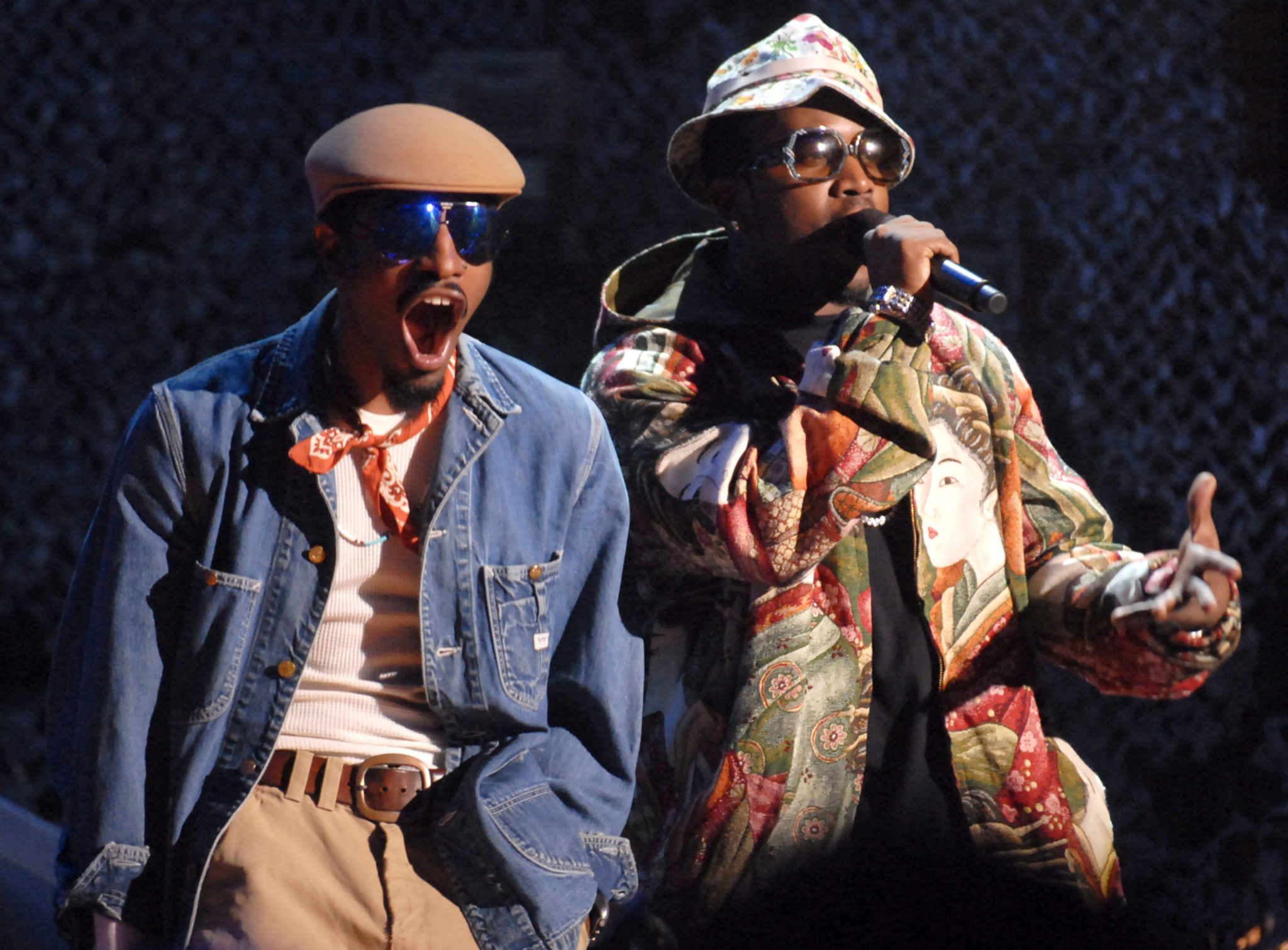
Andre 3000 and Big Boi of Outkast during 2006 VH1 Hip Hop Honors – Show at Hammerstein Ballroom in New York City, New York, United States. (Photo by Theo Wargo/WireImage)
When it comes to the Mexican food establishments in San Francisco and the albums of the canonical southern rap tag-team, when people state what is, in truth, a highly subjective preference, the ideologies swimming beneath their perspective jut out of their words with the vehemence of a fact. People take these two things seriously. I know a zealous hip-hop enthusiast who claims that people who name Stankonia as their favorite Outkast album are low-bred rubes: “There’s no way, a real Outkast fan would ever dub Outkast’ first commercial hit as their favorite.” Moreover, people cling to their favorite taquerias with a similar steadfast devotion. When lunch is suggested at a different (and hence, rival) taqueria, it can induce feelings of primal xenophobia. Outkast’s catalog and San Francisco’s taquerias exist in parallel universes; their values will constantly be evangelized by their consumers, with intense, zealous, albeit, phobic cruelty.
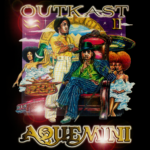 I have two theories about people’s overprotective nature regarding their preferences within the pantheons of Outkast and Mexican food. The first hypothesis simply comes down to subjectivity. This is the notion that there are subtle differences among the various items on each menu/album, that make large differences in the overall output and we have immense pride in our ability to detect nuance and we protect our detections ferociously. Ask someone to defend La Taqueria over El Toro and their defense will potentially stem from some nuanced difference in the creation of the taco, carnitas, etc. It’s not that one restaurant knows exactly how to prepare tacos and the other restaurant has been successfully fibbing customers for years—rather, the small details in the forging of tortillas or the cutting technique of tomatoes are what successfully transmit otherworldly messages into the deepest crater’s of one’s preferences. Outkast is the same way. The same two Atlanta-born rappers, Big Boi and Andre 3000, are at the helm of each of the duo’s six albums (and to some extent Big Boi’s two solo outputs). However, if someone is to explicate their preference for one Outkast album over another, it really comes down to the subtly poetic discrepancies in the lyrical delivery, social/political worldview and even the music itself. My skepticism with this theory is that an appreciation for the nuances is applicable in all art. When someone explains why they appreciate Joan Miró’s surrealist work over an artist like Van Gogh, their reasoning will almost certainly be rooted in an appreciation for the nuances in the message, context, aesthetic feel, execution and so forth. Why then, is the playbook for stating opinions pertaining to Mexican food and Outkast so bloodthirsty?
I have two theories about people’s overprotective nature regarding their preferences within the pantheons of Outkast and Mexican food. The first hypothesis simply comes down to subjectivity. This is the notion that there are subtle differences among the various items on each menu/album, that make large differences in the overall output and we have immense pride in our ability to detect nuance and we protect our detections ferociously. Ask someone to defend La Taqueria over El Toro and their defense will potentially stem from some nuanced difference in the creation of the taco, carnitas, etc. It’s not that one restaurant knows exactly how to prepare tacos and the other restaurant has been successfully fibbing customers for years—rather, the small details in the forging of tortillas or the cutting technique of tomatoes are what successfully transmit otherworldly messages into the deepest crater’s of one’s preferences. Outkast is the same way. The same two Atlanta-born rappers, Big Boi and Andre 3000, are at the helm of each of the duo’s six albums (and to some extent Big Boi’s two solo outputs). However, if someone is to explicate their preference for one Outkast album over another, it really comes down to the subtly poetic discrepancies in the lyrical delivery, social/political worldview and even the music itself. My skepticism with this theory is that an appreciation for the nuances is applicable in all art. When someone explains why they appreciate Joan Miró’s surrealist work over an artist like Van Gogh, their reasoning will almost certainly be rooted in an appreciation for the nuances in the message, context, aesthetic feel, execution and so forth. Why then, is the playbook for stating opinions pertaining to Mexican food and Outkast so bloodthirsty?
 I believe my second theory to be more substantive. Outkast and San Francisco’s taquerias both exist in territorial contexts: the hip-hop genre and San Francisco, respectively. Many moons ago, when people purchased music and when they purchased said-music by venturing to brick-and-mortar stores, Outkast was categorized in the “Hip-Hop/Rap section.” Housed in the same section were the likes of Nas, Waka Flocka, Eminem, De La Soul, Birdman and so on. Hip-hop purists have always been a touchy bunch, clinging with desperation, to an authentic ideal; these are people who have shunned what they consider to be the mainstream’s glut of self-indulgent materialism, by vehemently declaring that that this bombastic gloating is not only detrimental to the hip-hop genre but also the mindsets of the world. In fact, no other musical genre is internally interrogated so thoroughly before it’s deemed acceptable. It’s also the only genre where the artists within it are perceived to exist in relation to one another. For example, when I was young and my friends and I declared that we didn’t like Pearl Jam, we didn’t yearn for them to be more like Soundgarden nor did we fret that the state of alternative rock was going to be infected by qualities we didn’t care for in music (self-righteous, didactic, bossy, etc.), that we felt Pearl Jam represented. We winced for 5 minutes when “Jeremy” came on MTV, or changed the channel. Hip-hop doesn’t have this luxurious ability to move on. The genre’s populous has an interlinked nature.
I believe my second theory to be more substantive. Outkast and San Francisco’s taquerias both exist in territorial contexts: the hip-hop genre and San Francisco, respectively. Many moons ago, when people purchased music and when they purchased said-music by venturing to brick-and-mortar stores, Outkast was categorized in the “Hip-Hop/Rap section.” Housed in the same section were the likes of Nas, Waka Flocka, Eminem, De La Soul, Birdman and so on. Hip-hop purists have always been a touchy bunch, clinging with desperation, to an authentic ideal; these are people who have shunned what they consider to be the mainstream’s glut of self-indulgent materialism, by vehemently declaring that that this bombastic gloating is not only detrimental to the hip-hop genre but also the mindsets of the world. In fact, no other musical genre is internally interrogated so thoroughly before it’s deemed acceptable. It’s also the only genre where the artists within it are perceived to exist in relation to one another. For example, when I was young and my friends and I declared that we didn’t like Pearl Jam, we didn’t yearn for them to be more like Soundgarden nor did we fret that the state of alternative rock was going to be infected by qualities we didn’t care for in music (self-righteous, didactic, bossy, etc.), that we felt Pearl Jam represented. We winced for 5 minutes when “Jeremy” came on MTV, or changed the channel. Hip-hop doesn’t have this luxurious ability to move on. The genre’s populous has an interlinked nature.
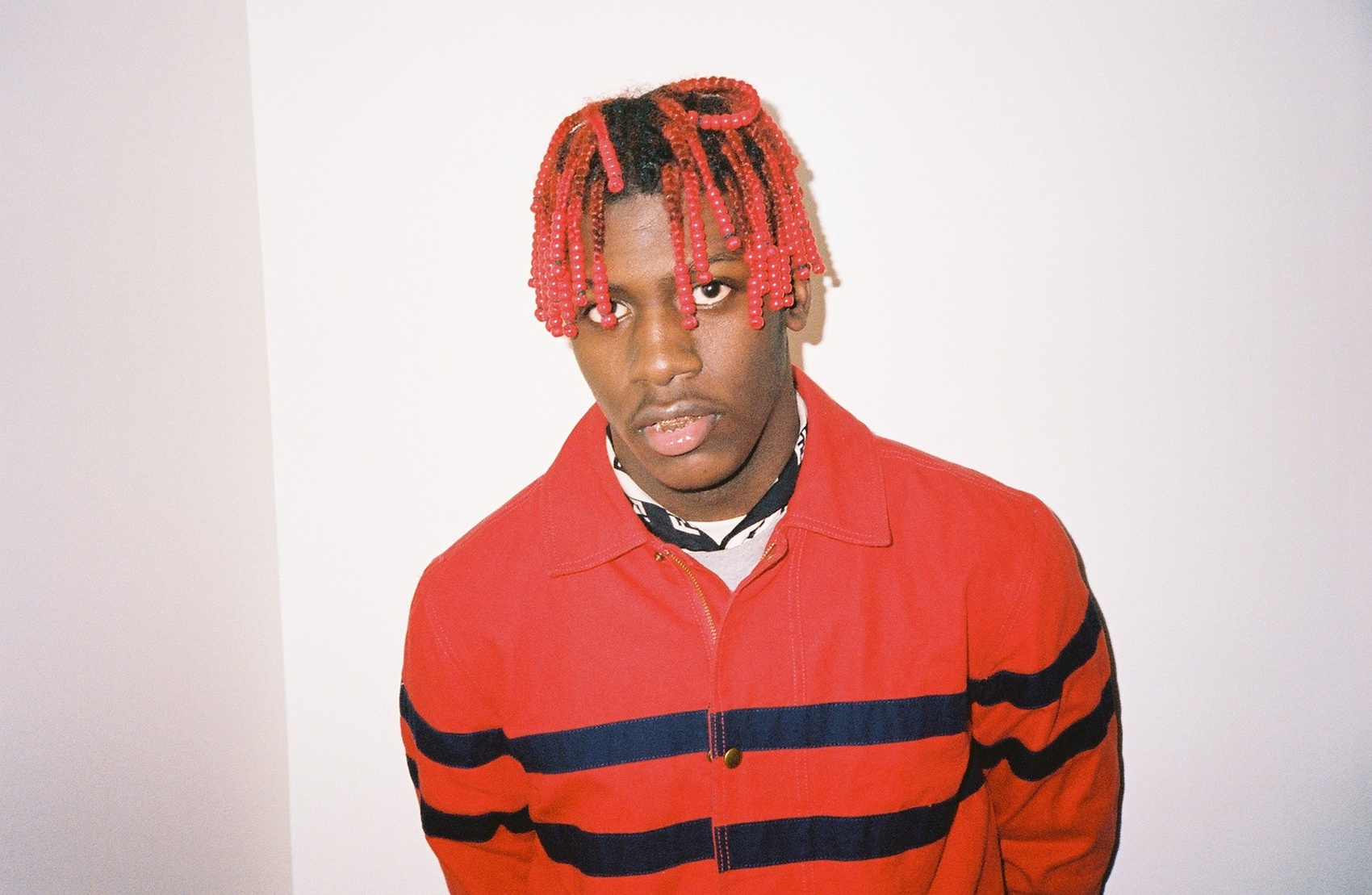
Lil Yachty causes fits among the elitists of the genre and regularly sends them home in tears, clinging to their memories of hip-hop’s austere ”Golden Age.” Amidst the rigidity, Outkast has typically met these demands, even as they’ve morphed and shifted ideologically. If the hip-hop universe is on a continuum, then Outkast’s albums themselves are absolutely on a linear trajectory all their own. The mere fact that Outkast has to share a proximal section in a record store, let a alone an entire genre, with such mindless bastions of opulence has been cause for distress among these self-appointed connoisseurs. Therefore, it makes sense that people who have an opinion about Outkast’s finest moment, clutch this opinion with python tightness.
San Francisco is similar. The “Fog City” is a mere seven by seven miles. Nonetheless, those 49 square miles are some of the most sought after in the country. There’s a nasty and vicious cycle spinning in San Francisco, where living expenses continue to bloat and consequently, San Francisco residents, be they native or longtime residents, continue to get more desperately territorial about what they deem sacred. In what is nothing short of a cannibalistic onslaught, San Franciscans flash their perspectives and tales of the city with pure brutality. Everybody in San Francisco wants to be the last one here. There is much about San Francisco that, despite being considered sacred, is dissipating amidst gentrification. Chief among them is the San Francisco Burrito. Decadent and infinitely variable, burritos are San Francisco’s most iconic and immaculate comfort food. Restaurants and the individual offerings within them are integrated into the fabric of familial life. Marriages, graduations and so forth, are synonymous with memories.
Because Outkast’s albums and taquerias exist on a parallel continuum, I’ve paired each album with its taqueria galaxy counterpart.
Southernplayalisticadillacmuzik/ Taqueria Vallarta (3033 24th St)Taqueria Vallarta isn’t discussed as often as some of its Mission peers. The menu at Vallarta certainly includes mainstays like carne asada and carnitas but also includes a plethora of harder-to-find bases like nopales(cactus) and the offerings go beyond tacos, burritos etc. Vallarta projects a spirit loyal to the world the chefs come from. Considering New York’s gritty bric-a-brac rap and L.A.’s sweaty G-funk, the lackadaisical southern drawl on Southernplayalisticcadillacfunkymusic was foreign to rap’s discourse. Perhaps most noteworthy is how unaware(or uninterested) in the rest of the rap universe appear the duo appear.
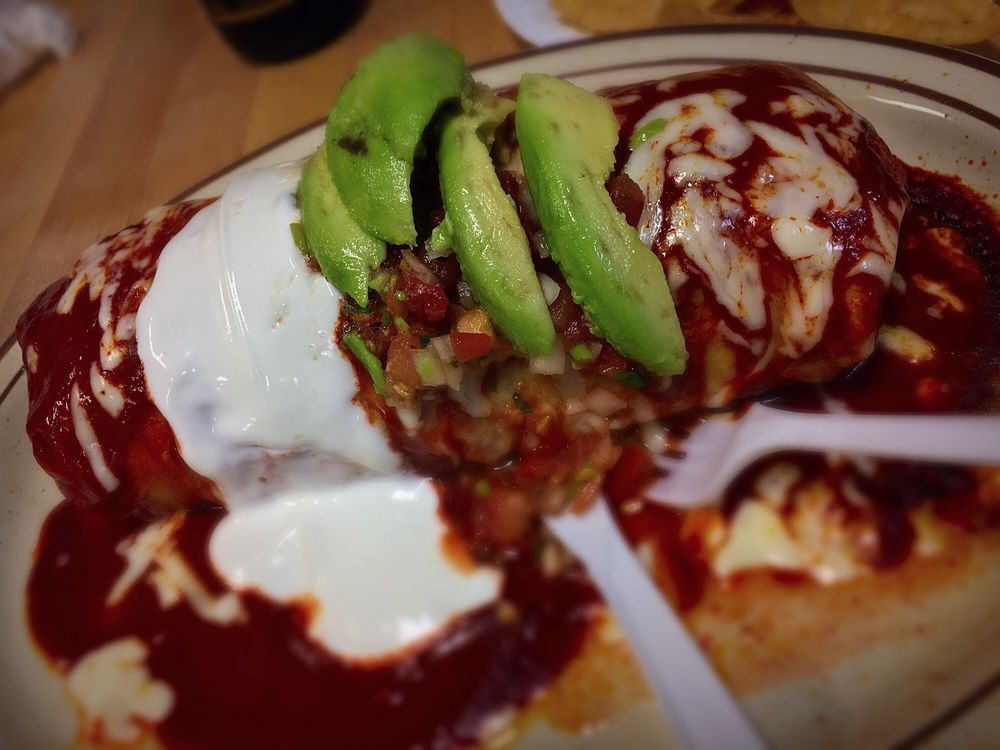
ATLiens/ El Farolito (2950 24th St.)— El Farolito is a product of parallel universes colliding. Rule of thumb: San Francisco has better burritos; Los Angeles has better tacos. Oddly enough, El Farolito’s tacos are dreamlike yet their burritos are a lackluster. It’s almost as if this late-night spot is an extraterrestrial, stranded in the wrong world, making tacos for those wandering sweaty Echo Park nights, rather than the fog-bundled Mission crowd. The underlying spirit on the duo’s sophomore effort, ATLiens, was their self-awareness at being foreigners with regards to drawl, customs, approach etc. among their New York/L.A. rapper peers. ATLiens also hears the duo explicate their world with more skepticism and just a pinch less jovial hedonism.
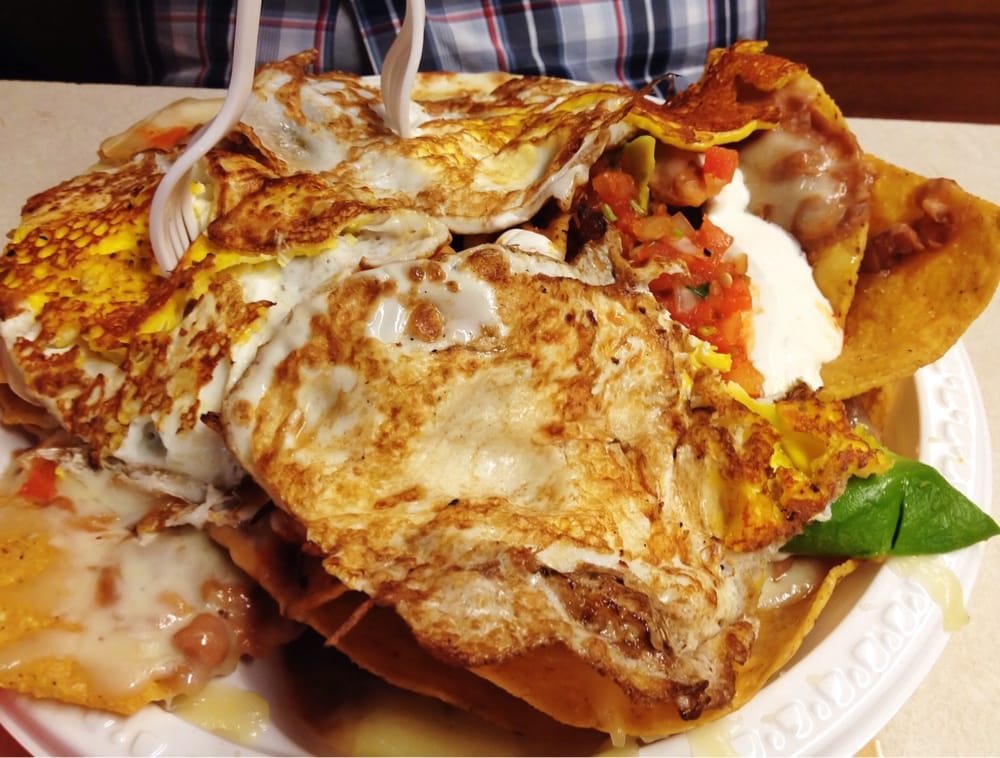
Aquemini/ La Taqueria(2889 Mission St.)— Most Outkast purists will likely name Aquemini as the tandem’s best album, or at least the most important. Big Boi and Andre 3000 handled most of the production themselves, and found a near perfect balance between being socially aware and aesthetically pleasing. Critically acclaimed and commercially-viable, Aquemini, was likely the last chance for people to invest in Outkast before being slathered with the label of a bandwagoner. La Taqueria ‘s burritos are unmatched. Like Aquemini’s rare ability to appease both high-falutin purists and hedonistic college kids, La Taqueria’s living-legendary tortilla-steaming technique yanks in squinting Australians perusing Lonely Planet books, as well as weathered and cranky natives. Between being crowned “the best burrito in America” by statistician.

Firebrand, Nate Silver, and James Beard recognition, the lines can be brutal but entirely worth it.
Stankonia/La Corneta(2834 Diamond St.)—Many casual fans probably discovered Outkast via user-friendly anthems like the melodic “Ms. Jackson” and the dazzlingly fast “B.O.B.” The album is excellent, though, it can be argued that Stankonia lacks the massive ideological leaps that occurred between Outkast’s first, second, and third efforts. This time period is also about when Andre began baking cookies for Sharon Stone, to give an indicator as to where Outkast was headed. Similarly, there’s nothing bad about La Corneta. However, the primary issue with this Glen Park mainstay is that it’s very “safe” from a gastronomic standpoint, perhaps a bit dull in certain regards. Once upon a time, pre-gentrification, the bridge-and-tunnel crowd may have been nervous about venturing into the Mission and hence, a market for vanilla taquerias sprouted. And while the food will do in a pinch, there isn’t any new territory to set La Corneta apart from its peers.
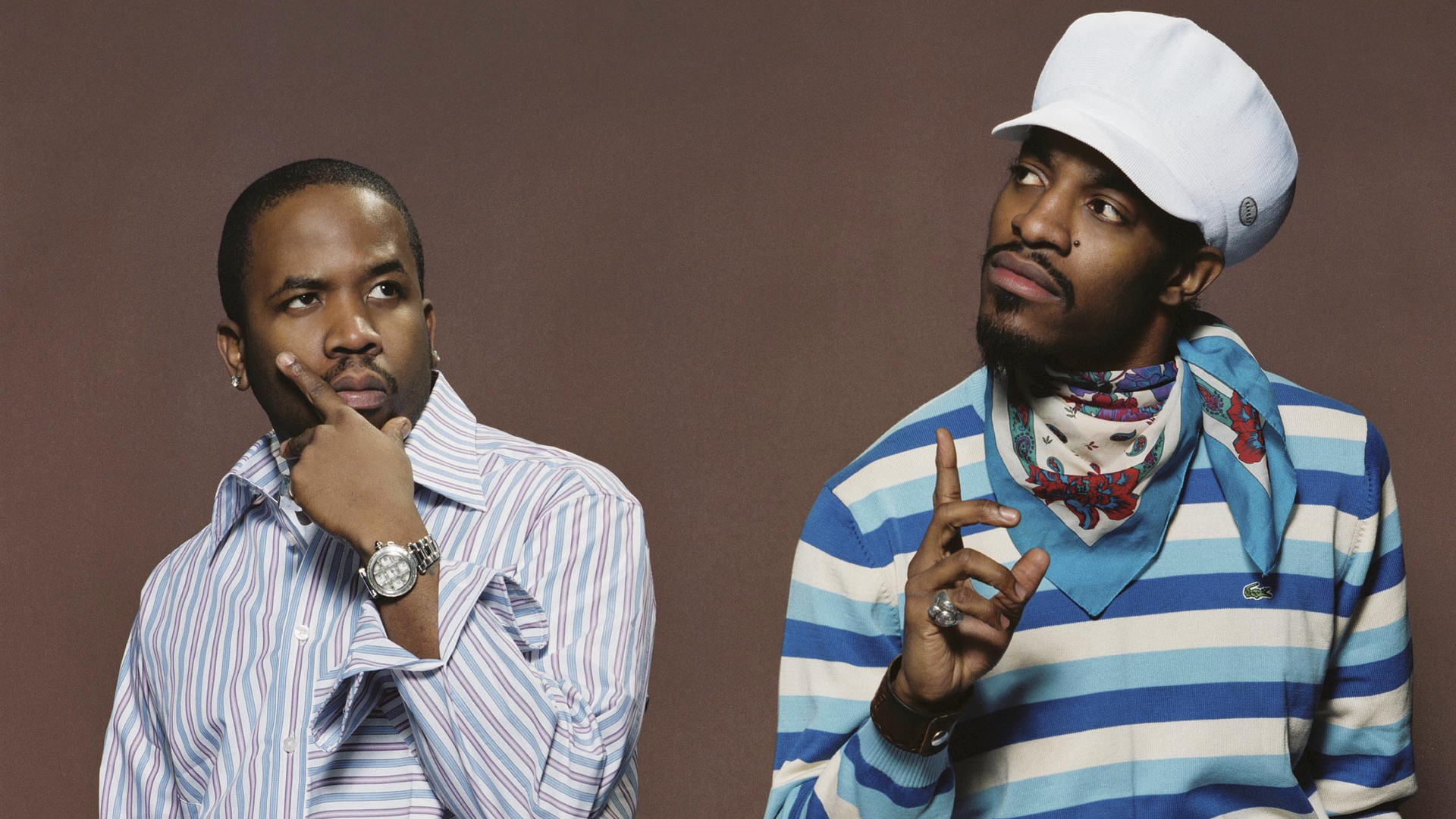
Speakerboxxx/The Love Below/El Castillito(136 Church St.)—As you explore taquerias, you’ll learn that each restaurant is better at certain things than others, and that an extensive menu is really an unfortunate and deceptive obligation. For example, I never get the burritos at El Farolito and, before I cut down on wheat, I rarely got La Taqueria’s tacos. “The Castle”’s opus is a fantastic creation that I suppose, if it needed a stratum, would be categorized as a quesadilla, due to its liberal use of cheese. However, it has the spatial feel of a burrito and is often assembled with the ingredients and urgency of a taco. In music, it’s a rancid cliche to declare that you don’t want to be “labeled.” Nonetheless, the double-album has each member of the tandem attempting to outrun de-facto categorization. This gave Big Boi the chance to amplify his love for rapid-fire rap over gooey funk beats, while Andre swapped out rap bars for amorous heart beats. Of course, with an album that strives to have two parts that are diametrically in opposition to each other, some parts succeed and others seem a bit nascent but the effort is admirable.
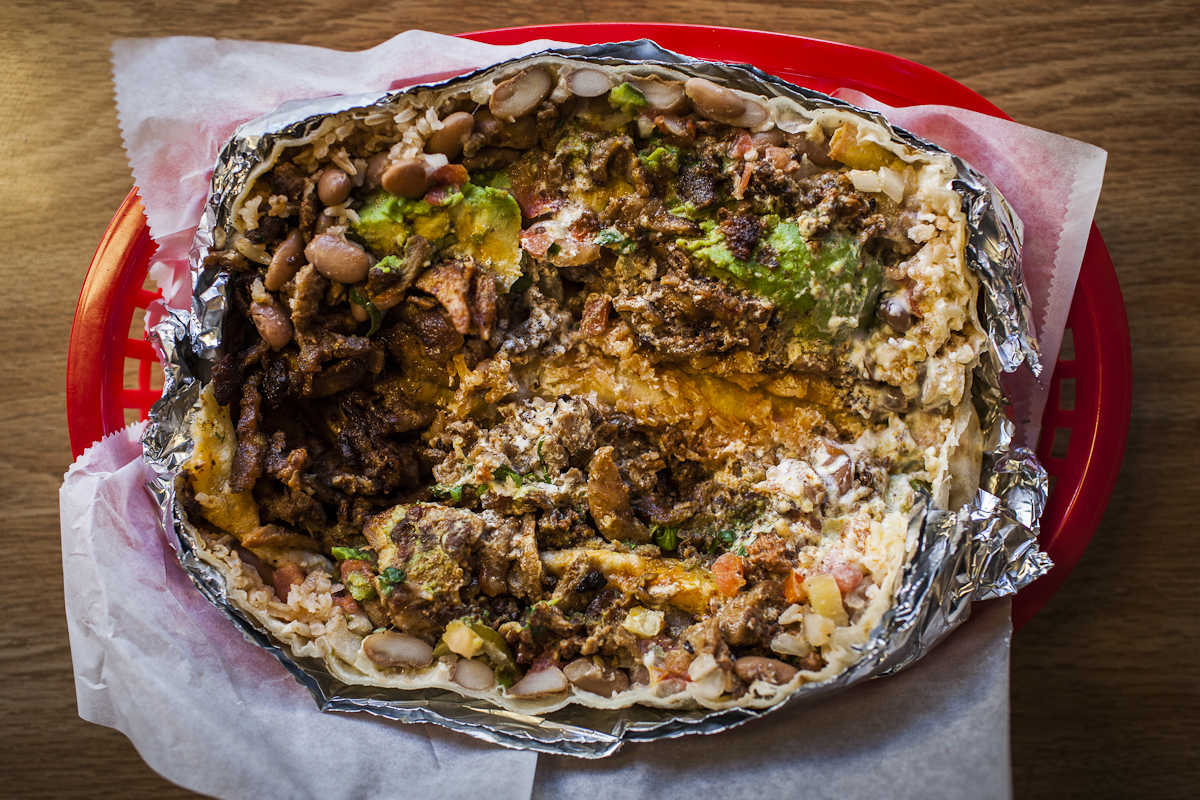
El Castillito
Idlewild/Ocean Taqueria (1941 Ocean Ave.)(R.I.P)*—Another general rule when scouring SF for food, is that the quality of Mexican food begins to fade the farther west you travel. While not right on the Pacific Ocean, the now-closed Ocean Taqueria was the western-most point for Mexican food. Any further and the next stop for quality Mexican food would require you to cross the Pacific, rest in Hawaii, leap over Japan and the rest of Asia, Europe, the East Coast of the United States, the great plains and hope to find something halfway decent in Nevada. Ocean’s quality was especially impressive considering how little competition flanked the small shop. In short, they didn’t have to be good but somehow they were. Idlewild certainly isn’t perfect and it began to be apparent that the dynamic between Andre and Big Boi was fizzling. Nonetheless, it’s definitely better than it needed to be and gems like “Hollywood Divorce” were nuzzled between all of the filler.
Also worth checking out and I’m sure these might fit somewhere between integers on the Outkast continuum:
Taqueria Cancun (2288 Mission Ave.)—Conveniently nuzzled amidst bars, restaurants, dance clubs.
El Toro (598 Valencia)— two-parts taqueria and one-part sit-down family restaurant.
Tacos Los Altos (737 Cortland Ave.)—Stellar fish tacos in Bernal Heights.




